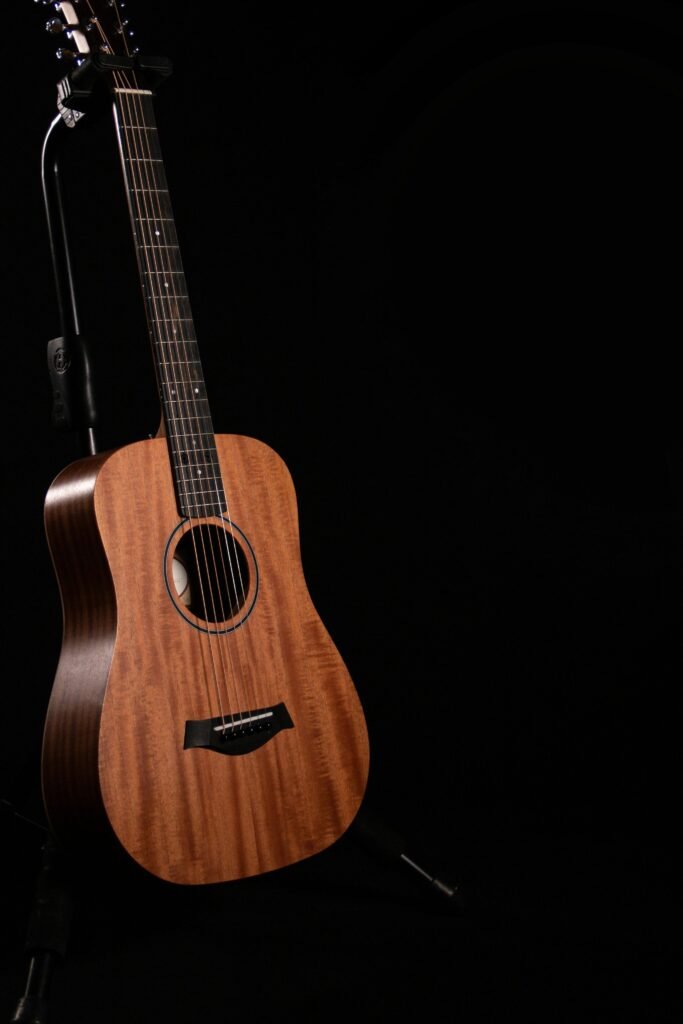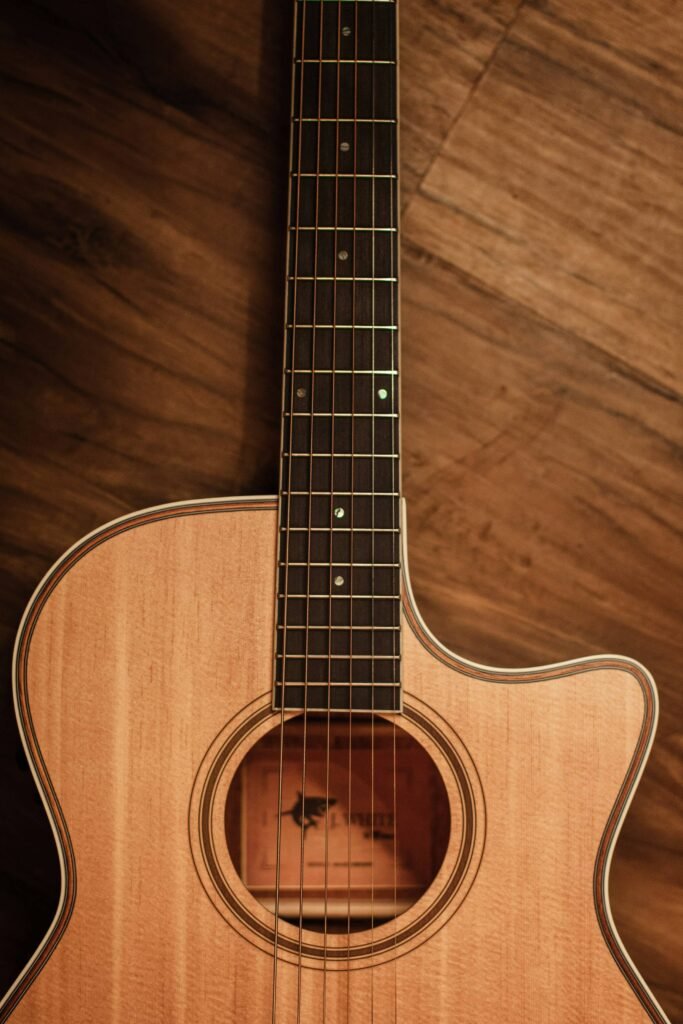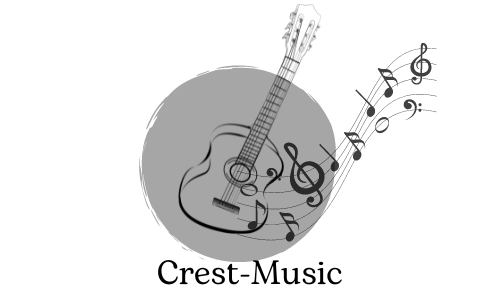Table of Contents

Choosing the right acoustic guitar as a beginner can be a daunting task, especially with the myriad of options available in the market. In this article, we’ll explore the best acoustic guitars for beginners under $300, considering factors like sound quality, playability, and overall value. However, it’s crucial to invest in a quality instrument that not only fits your budget but also provides a great playing experience.
Introduction to Acoustic Guitars
Acoustic guitars are renowned for their warm, rich tones and versatility across various music genres. For beginners, they serve as the perfect entry point into the world of guitar playing, offering simplicity and ease of use compared to electric guitars.
Importance of Choosing the Right Guitar
Selecting the right acoustic guitar is crucial for beginners as it sets the foundation for their musical journey. A well-built guitar with good sound quality can inspire confidence and motivation, whereas a poorly constructed instrument may hinder progress and discourage the practice.
Factors to Consider for Beginners
When choosing an acoustic guitar as a beginner, several factors should be taken into account:
- Budget constraints
- Comfort and playability
- Sound quality
- Durability and craftsmanship
Benefits of Acoustic Guitars for Beginners
Acoustic guitars offer numerous benefits to beginners, making them the preferred choice for many aspiring musicians.
Ease of Use
Unlike electric guitars, acoustic guitars do not require additional equipment such as amplifiers and cables, making them easy to pick up and play anywhere, anytime.
Versatility
Acoustic guitars are versatile instruments that can be used to play a wide range of music styles, from folk and blues to pop and rock.
Development of Finger Strength and Dexterity
Playing an acoustic guitar requires the development of finger strength and dexterity, which are essential skills for any guitarist. Beginners can build these skills gradually by practising chords and fingerpicking techniques on an acoustic instrument.
Criteria for Selecting the Best Acoustic Guitar
When shopping for an acoustic guitar under $300, several key factors should be considered to ensure a satisfactory purchase.
Quality of Construction
Look for guitars with solid construction and high-quality materials, such as solid wood tops and sturdy necks. Pay attention to details like fretwork, bridge, and tuning stability.
Sound Quality
While budget-friendly, acoustic guitars should still produce a pleasing tone with good resonance and projection. Test out different guitars to find one with a sound that resonates with you.
Playability
Beginners should opt for guitars with low action (string height) and comfortable neck profiles, allowing for easy fretting and chord changes. A smooth fretboard and well-dressed frets contribute to better playability.
Affordability
Lastly, affordability is a key factor for beginners. Fortunately, there are many excellent acoustic guitars available for under $300 that offer great value for money.
Body Styles and Tonewoods
Before we delve into specific models, let’s explore some key factors that influence an acoustic guitar’s character. Imagine guitars as having different voices, each suited to specific styles and playing techniques. Here are the main body styles to consider, each with its own unique sonic fingerprint:
- Dreadnought: The “workhorse” of the acoustic guitar world, known for its full, booming sound. Think of it as the lead singer in a band – loud and commanding, perfect for strumming chords and aggressive playing styles like rock and bluegrass.
- Concert/Auditorium: Often referred to as “concert-sized” guitars, these offer a more balanced and articulate tone compared to dreadnoughts. Imagine a skilled backing vocalist – they provide clear and defined notes that complement the melody without overpowering it. This makes them ideal for fingerpicking styles and intricate melodies in genres like folk and jazz.
- Jumbo: The largest body style in our lineup, jumbos produce a rich, powerful sound that fills a room. Think of them as the operatic powerhouse – their deep and resonant tones are perfect for soloists and those who love a full-bodied acoustic presence.
- Travel/Mini: Compact and portable, these guitars are perfect for beginners or musicians on the go. Imagine them as your trusty musical companion – ideal for practising on the couch, jamming with friends at the park, or taking with you on adventures. They may have a slightly thinner sound compared to larger guitars, but their convenience factor is undeniable.
Next, we have tonewoods – the specific types of wood used for the guitar’s top, back, and sides. These significantly impact the instrument’s tonal qualities, just like different ingredients can create vastly different flavours in a dish. Here’s a quick breakdown:
- Solid Spruce Top: A popular choice for its bright, clear tone, ideal for various playing styles. Imagine it as a crisp green apple – refreshing and versatile.
- Solid Mahogany Top: Offers a warmer, woodier sound, often favoured for fingerpicking and blues. Think of it as a rich dark chocolate – smooth and mellow.
- Laminate Woods (layered wood construction): More affordable and durable, offering a decent overall sound but potentially less nuanced than solid woods. Imagine them as a box of assorted chocolates – you get a variety of flavours, but they might not be as complex as a single-origin bar.

Dreadnought Powerhouses
- Yamaha FG800 Dreadnought: A legendary budget option, the FG830 boasts a solid spruce top and scalloped bracing for a surprisingly loud and well-projected sound. Its comfortable neck profile and smooth action make it a joy to play for beginners and experienced players alike. Imagine it as a reliable workhorse – perfect for strumming out your favourite tunes and learning the fundamentals of playing.
Concert/Auditorium Articulation
- Fender FA-135CE Concert (Electric-Acoustic): This feature-packed Fender offers a comfortable concert body style with a solid spruce top for a bright, articulate sound. It also comes equipped with a Fishman pickup system, allowing you to plug into an amp and play on stage or record your music. Imagine it as a versatile Swiss Army Knife of guitars – perfect for fingerpicking, strumming, and even amplified performances.
- Orangewood Valentina CE Concert (Electric-Acoustic): This newcomer to the scene is making waves with its stunning looks and impressive features. The Valentina CE boasts a solid spruce top paired with a beautiful mahogany back and sides. It also features a Fishman pickup system and onboard EQ, allowing you to shape your sound to your liking. Think of it as the stylish newcomer – offering exceptional playability, great sound, and a touch of elegance, all at a beginner-friendly price point.
Jumbo Comfort
- Epiphone Jumbo Masterbilt DR-100: Epiphone brings its Gibson heritage to the table with the Masterbilt DR-100. This jumbo guitar features a select spruce top, mahogany back and sides, and a comfortable rolled neck profile. Its large body delivers a rich, full sound that will fill any room. Imagine it as a luxurious armchair – perfect for strumming chords and soaking in the warm, enveloping sound.
Travel Companions
- Luna Guitars Gypsy Travel: Don’t let its travel-friendly size fool you, the Luna Gypsy Travel packs a punch. This concert-sized guitar features a solid spruce top and mahogany back and sides, delivering a surprisingly bright and balanced sound. The mahogany neck with a comfortable C-shape profile makes it a joy to play. Think of it as your musical backpack buddy – ready for adventures and impromptu jam sessions wherever you roam.
- Yamaha APXT2 Dreadnought (Electric-Acoustic): This travel-sized dreadnought from Yamaha combines portability with amplification capabilities. Featuring a solid spruce top and a comfortable neck profile, it offers a classic Yamaha dreadnought sound in a smaller package. The built-in pickup system allows you to plug into an amp and play louder whenever needed. Imagine it as the all-in-one travel package – small enough to take anywhere, yet versatile enough to handle practice sessions, unplugged jams, and even amplified performances.
Essential Accessories for Beginners
Having the right gear can make a significant difference in your learning experience. Here are some essential accessories to consider alongside your new acoustic guitar:
- Picks: These come in various thicknesses and materials, allowing you to experiment and find what feels most comfortable for your playing style.
- Capo: This handy tool allows you to transpose songs to different keys without having to relearn the finger positions.
- Gig Bag: A good quality gig bag will protect your guitar from bumps and scratches while transporting it.
- Tuner: An electronic tuner ensures your guitar stays in tune, making your playing sound better and helping you develop a good ear for music.
- Metronome: Practicing with a metronome helps develop your sense of rhythm and timing, which are crucial aspects of musicianship.
Maintenance Tips for Acoustic Guitars
To keep your acoustic guitar in top condition, regular maintenance is essential. Here are some tips:
- Clean and polish the guitar body regularly to remove dirt and sweat buildup.
- Replace old strings as needed to maintain optimal tone and playability.
- Use a humidifier to regulate humidity levels and prevent cracking or warping of the wood.
FAQs About Acoustic Guitars for Beginners
- Are acoustic guitars suitable for beginners?
- Yes, acoustic guitars are ideal for beginners due to their simplicity and ease of use.
- What should I look for in an acoustic guitar as a beginner?
- Beginners should prioritize factors like playability, sound quality, and affordability when choosing an acoustic guitar.
- Do I need to spend a lot of money on an acoustic guitar?
- Not necessarily. There are many high-quality acoustic guitars available for beginners at affordable prices.
- How often should I change the strings on my acoustic guitar?
- It depends on how frequently you play and the condition of the strings. As a general rule, it’s recommended to change strings every 1-3 months.
- Can I learn to play acoustic guitar on my own?
- While having a teacher can be beneficial, many beginners learn to play acoustic guitar through self-study using online resources and instructional materials.
Most importantly, have fun! Learning guitar should be an enjoyable experience. Pick songs you love, jam along to your favorite music, and don’t be afraid to experiment and find your own unique voice.
By following these tips, utilizing the vast learning resources available, and most importantly, having fun, you’ll be well on your way to becoming a skilled and passionate guitarist. Remember, the journey is just as important as the destination, so enjoy the process of strumming your dreams into reality!

Hi there! I’m Shimul, a music enthusiast with a lifelong passion for all things melodic and rhythmic. Raised in Bangladesh, I’ve been immersed in music since childhood, exploring genres from blues to electronica. Through this blog, I aim to share my love for music, offering gear reviews, guitar tutorials, songwriting tips, artist interviews, and industry insights. Join me on this musical journey as we celebrate the transformative power of music together!

1 thought on “Best Acoustic Guitar for Beginners Under $300”